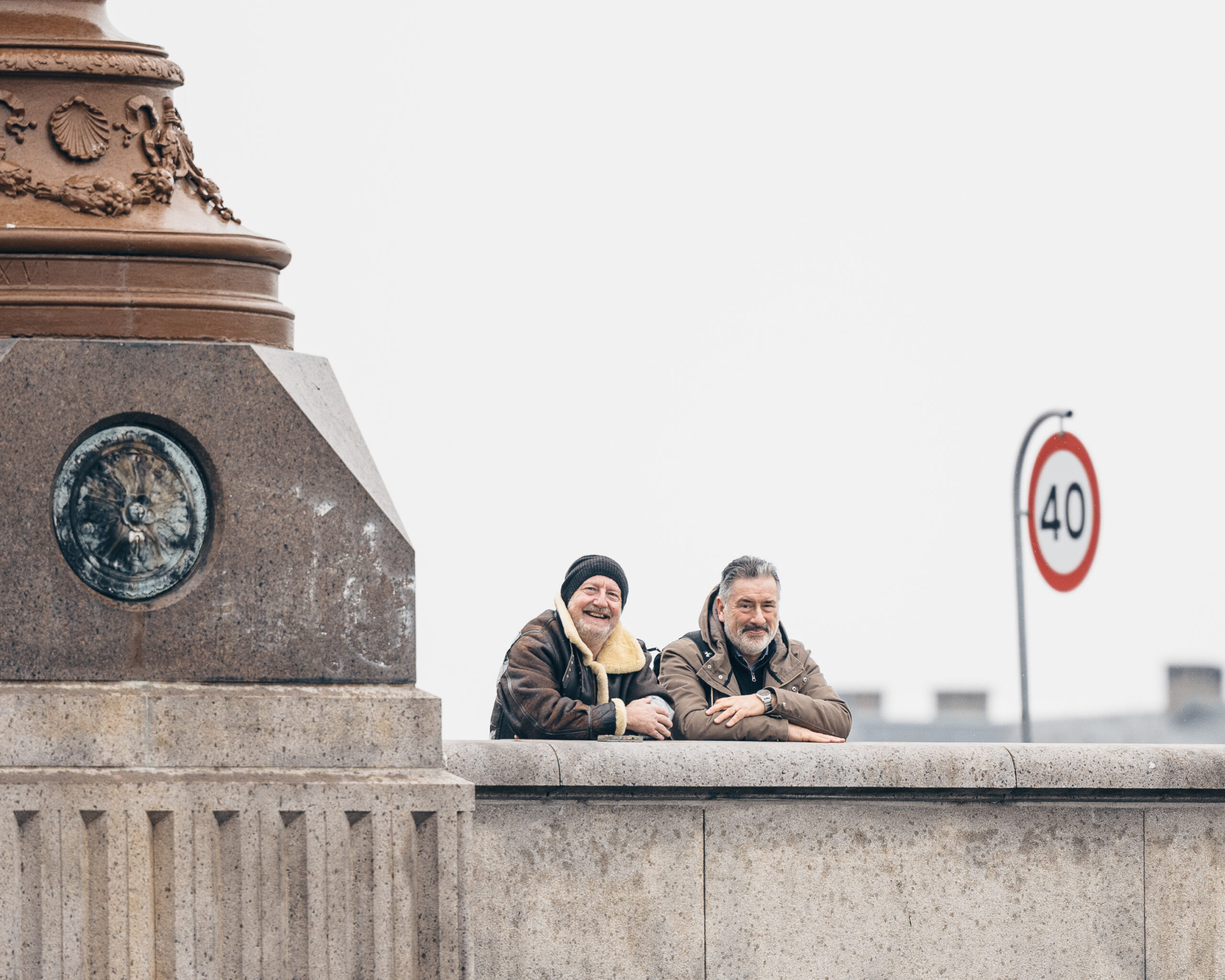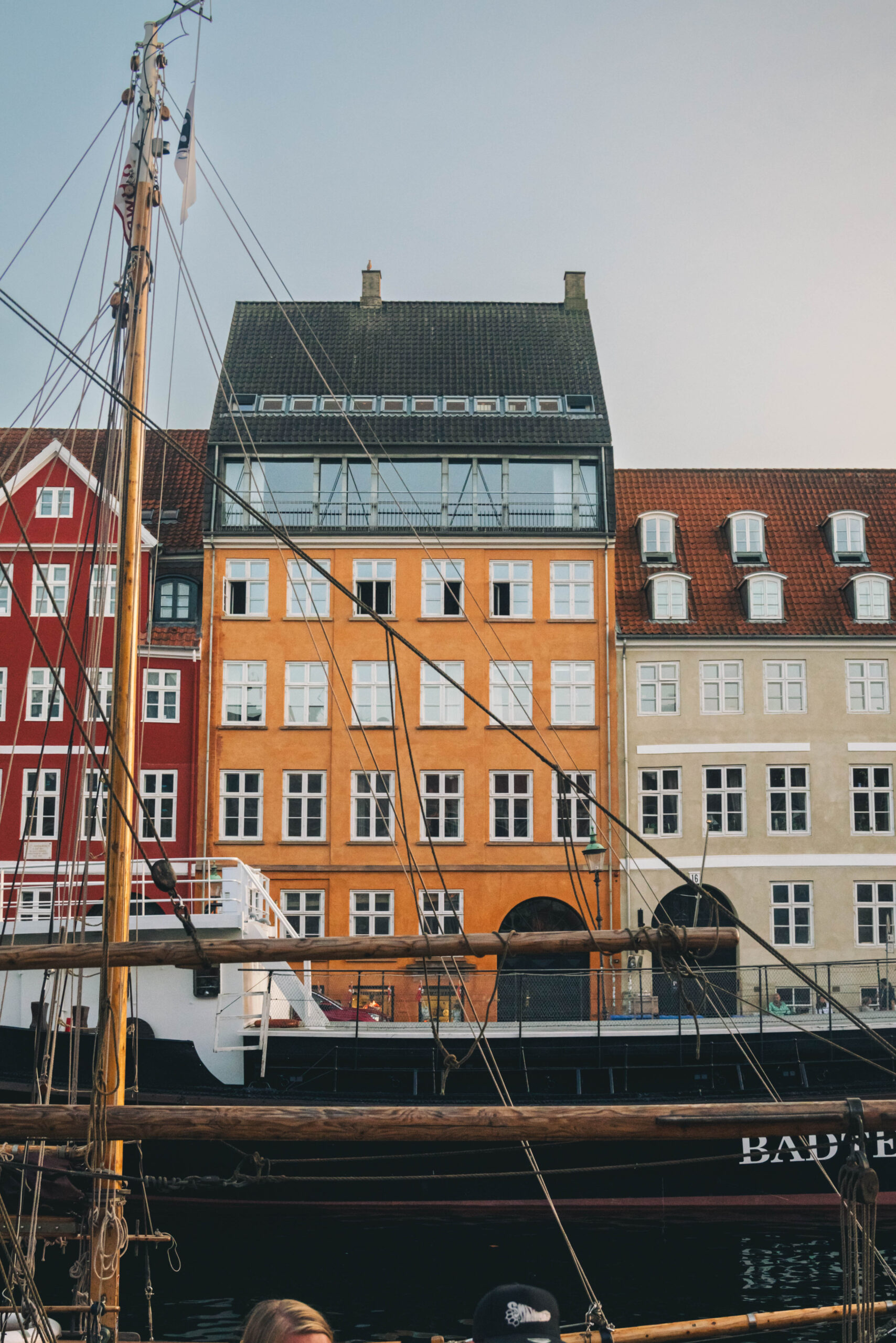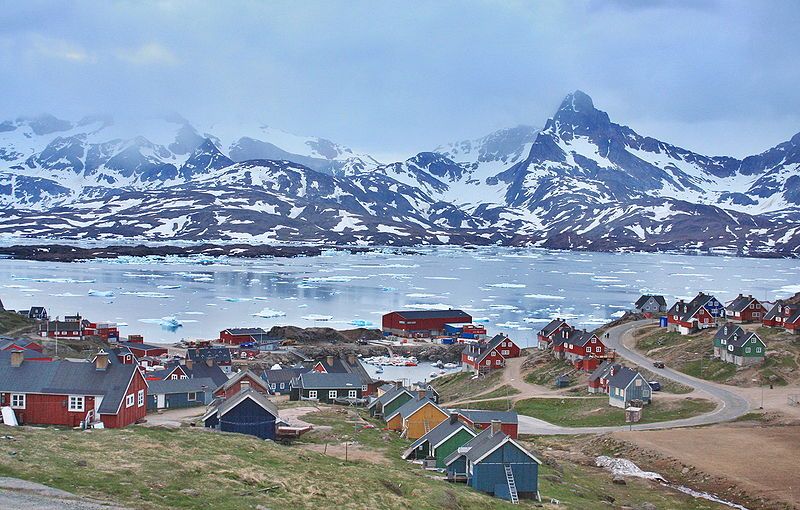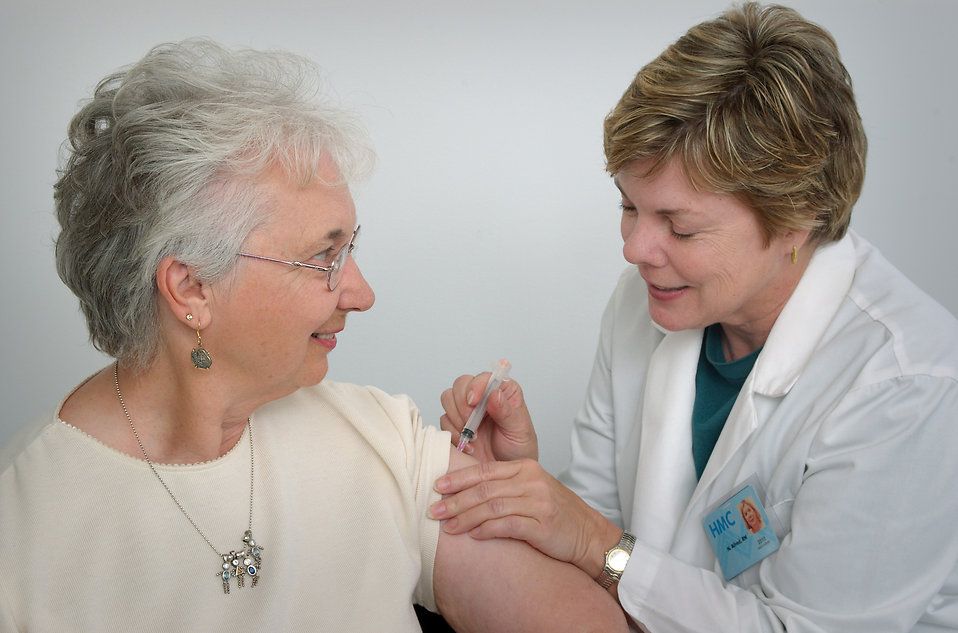Immigration authorities plan to build three new refugee centres and expand several existing ones in order to accommodate an increasing refugee population in Denmark.
About 100 new applicants for asylum are arriving each month. And while that is down from previous years, the overall number of asylum seekers has risen, due to a halt on forced repatriation to three countries that are either too dangerous to return asylum failed seekers to – Somalia and Syria – or where Denmark does not have an agreement in place for repatriation – Iran.
Problems with formally identifying asylum seekers from Afghanistan, the largest single group of refugees in Denmark, has also contributed to the increase.
As a result, new asylum centres have been planned in the Zealand towns of Ringsted and Hillerød, and in the island of Lolland, while existing centres in the towns of Auderød and Sigerslev will be expanded to be able to accommodate an additional 50 and 80 people, respectively.
Local opposition, however, has led to several other proposed centres to be cancelled – a development that saddened Anne la Cour, head of asylum at the Red Cross in Denmark.
“It’s a trend that is unfortunately on the increase,” la Cour told Jyllands-Posten newspaper. “Councils often react to the protests even though there is usually only a small group protesting.”
One new asylum centre that faced opposition is located in a former hotel in the Jutland town of Julesminde. The asylum centre has a capacity of 134 and last Friday the first 37 took residence.
"It's wrong that they are changing the hotel into an asylum centre without first asking local residents what they think," Juelsminde’s mayor, Kirsten Terkilsen (Venstre), told Jyllands-Posten. "It's going to affect the local economy because tourists won't have anywhere to stay – and my opinion has nothing to do with the people that are moving in."
Anders Ladekarl, secretary general of the Red Cross in Denmark, was also disappointed about the location of the new centres, but for entirely different reasons.
"It's sad that the placement of the new centres are so remote," Ladekarl wrote on Facebook, referring to the social and psychological problems faced by asylum seekers who are forced to live in rural areas for long periods of time with little to occupy them.
"It is often the myth of increased crime that worries people. But there is nothing dangerous about having an asylum centre. On the contrary, it creates new work places and trade."
Anti-asylum politics
Not everyone shares Ladekarl's opinion, however, and today asylum seekers and asylum policy were the targets of further attacks by the opposition.
Martin Henriksen, immigration spokesperson for the right-wing Dansk Folkeparti, said he understood the concerns of those who felt they would be affected by the arrival of asylum centres near their towns or villages.
“The reality is that certain politicians and organisations don’t realise that things happen in local communities when groups like these move in,” Henriksen told Jyllands-Posten.
And Inger Støjberg, immigration spokesperson for Venstre, predicted that the government’s proposals to improve living conditions for asylum seekers will only make things worse.
“You can’t blame people for being sceptical, but it’s the government’s fault and there is no point in turning against the asylum seekers,” Støjberg told Jyllands-Posten. “It’s a self-fulfilling prophecy because the government has promised asylum seekers that they will get their own home and work permit. That will clearly lead to fewer people leaving voluntarily.”
A parliamentary committee has proposed that the government allow asylum seekers to live and work outside asylum centres after six months but that would only apply to those that co-operate with immigration authorities’ efforts to repatriate them.
A steep rise in the number of asylum seekers from Somalia also drew criticism from both Venstre and Dansk Folkeparti today,
Almost 400 Somali refugees have come to Denmark since the start of the year compared with 109 in all of 2011. The rise is being attributed to a precedent-setting 2011 European Court of Human Rights ruling that found that the deportation of two criminal Somali asylum seekers in the UK contravened their human rights because of the danger they faced in the capital Mogadishu. As a result, Somali refugees will not be forcibly repatriated if their requests for asylum are turned down.
Støjberg said that the increase in Somali asylum seekers is problematic.
“We need a strong and fair asylum policy and accept those who are entitled to asylum,” Støjberg told Politiken newspaper. “But they also have to be able to be integrated. The Somali group has been shown to be very difficult to be integrated and that’s why we need to not make the same mistake as in the 90s when the Socialdemokrat government let in a lot of people that the society couldn’t accommodate.”
Dansk Folkeparti called on the government today to stop accepting asylum seekers from Somalia, and instead build asylum centres in nearby countries such as Kenya.
“The proposal means that after a Somali travels to Denmark and seeks asylum, we will then send them back to a centre [near their country of origin] while we consider their application,” Henriksen said. “If they are granted asylum, we will give the individual job training and release them in the nearby vicinity, not in Denmark.”
Speaking to Politiken, Said Hussein, secretary general of the Copenhagen branch of the Somali Diaspora Organisation, said the rise in Somali asylum seekers will probably come back to haunt the government.
“Dansk Folkeparti will probably play Somali immigration as a card in the next election and point to us as tax cheats and criminals that cost society money,” Hussein said. “The reality is that the majority of Somali are sensible people. The problem is that some Somalis haven’t had time to adjust. But it’s not that they don’t want to.”
The idea to build asylum centres abroad was first floated, and almost passed, in 2009 by Venstre when it was in a coalition government together with Konservative.
There are currently about 4,800 asylum seekers in Denmark, about half of them have had their requests denied.











